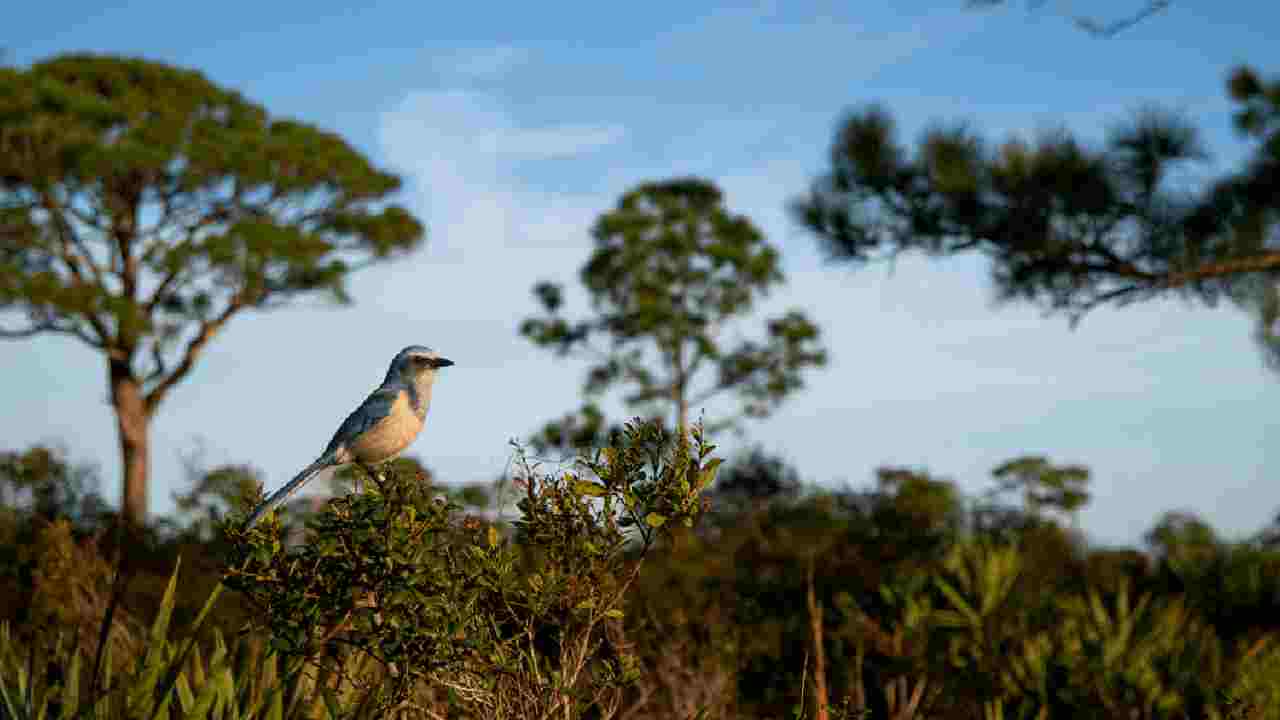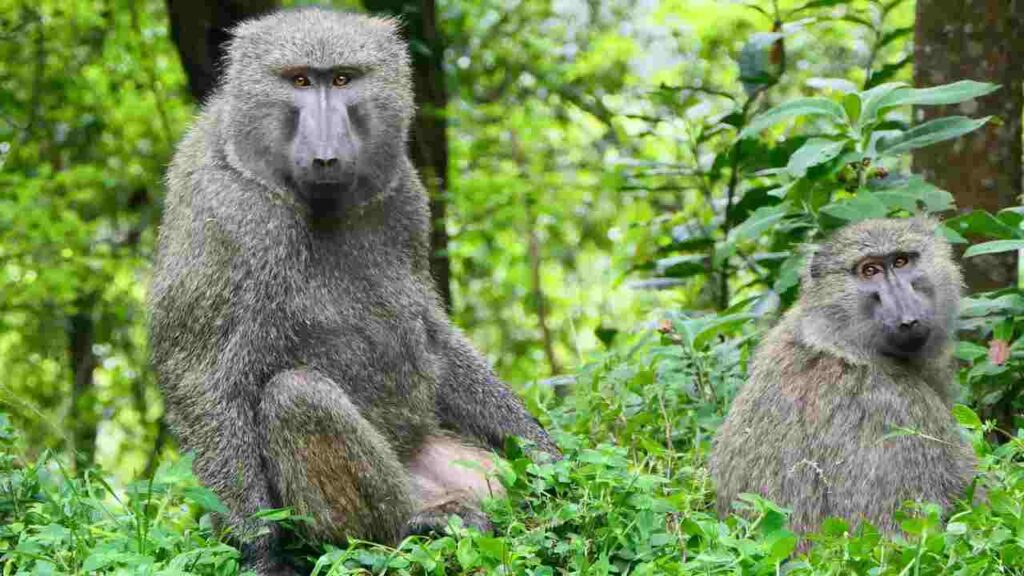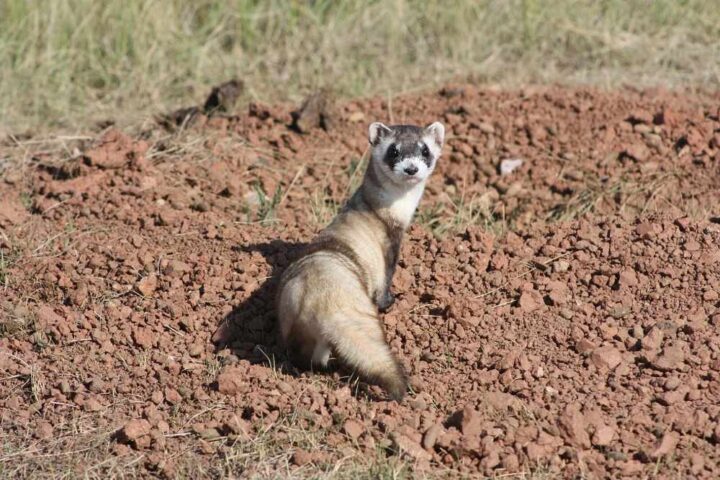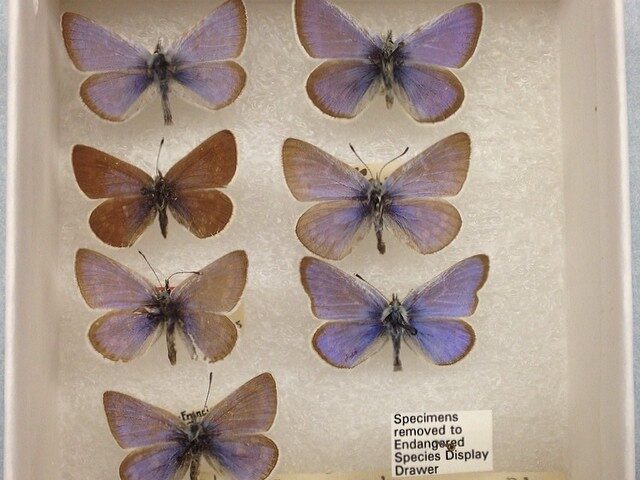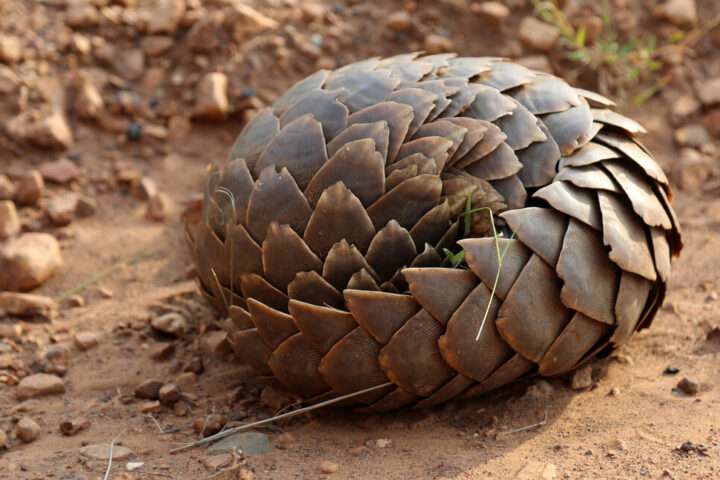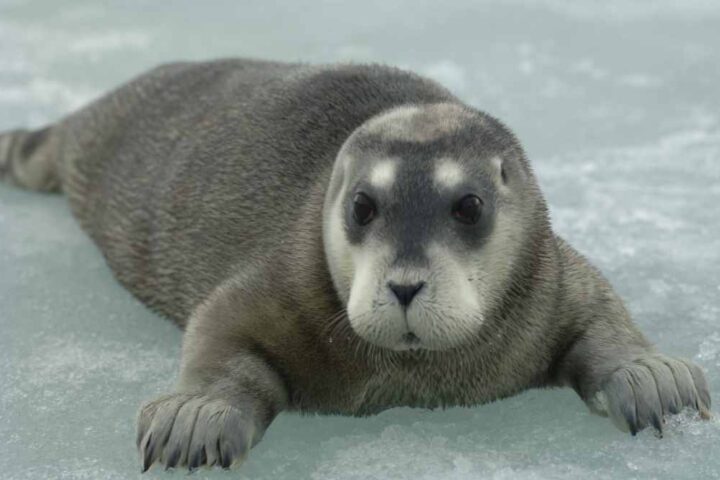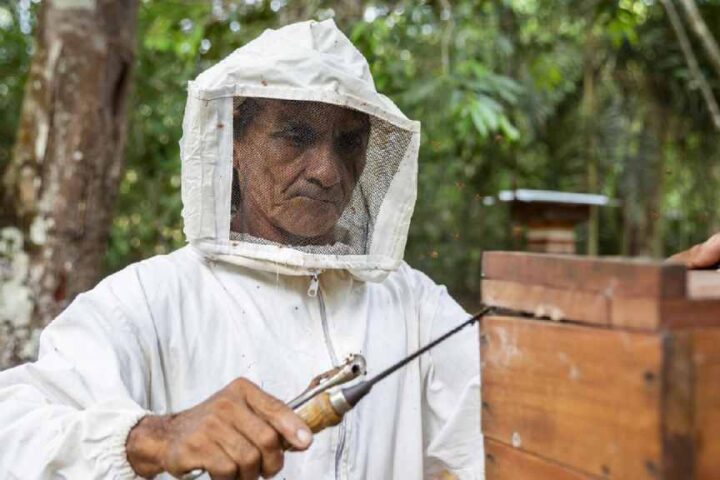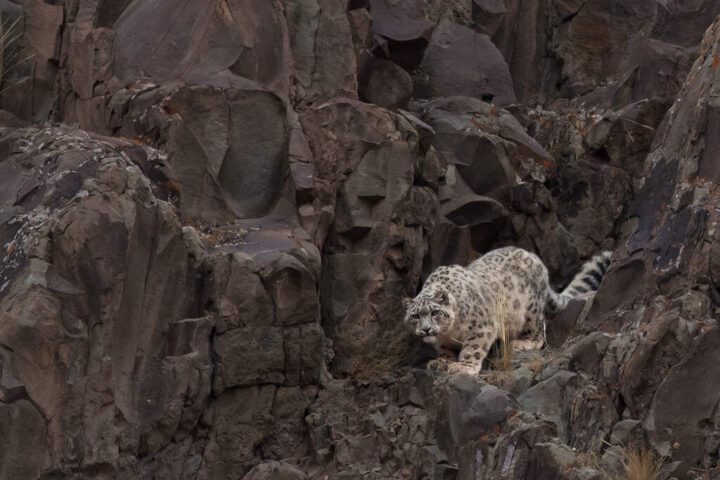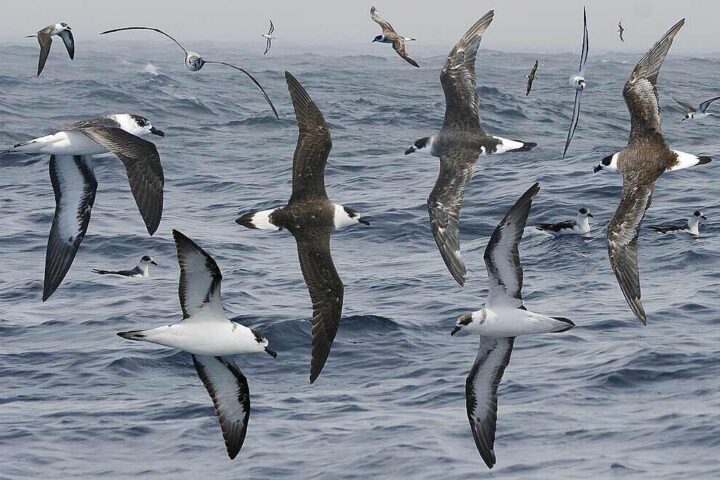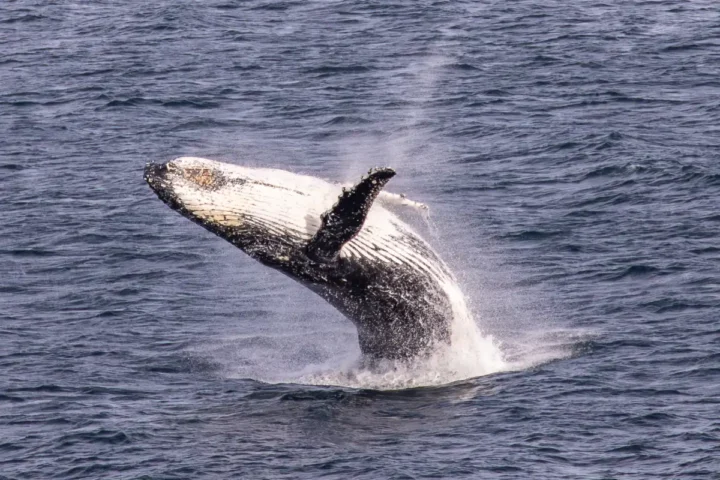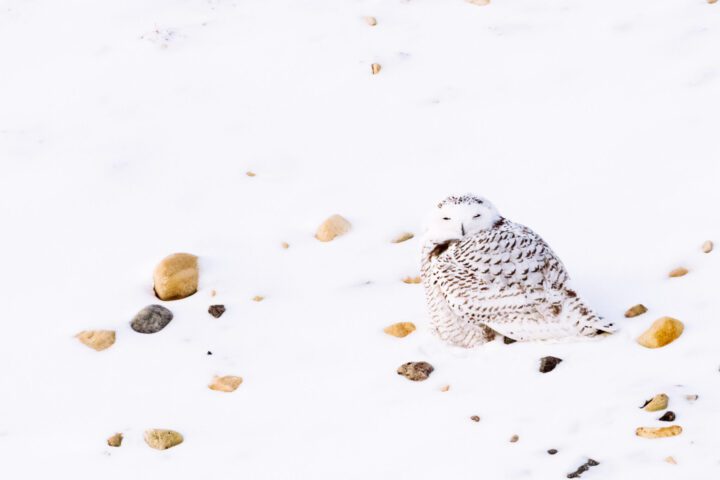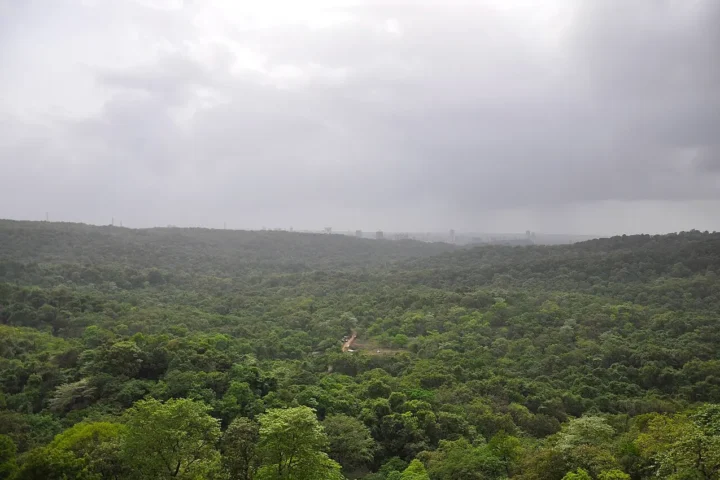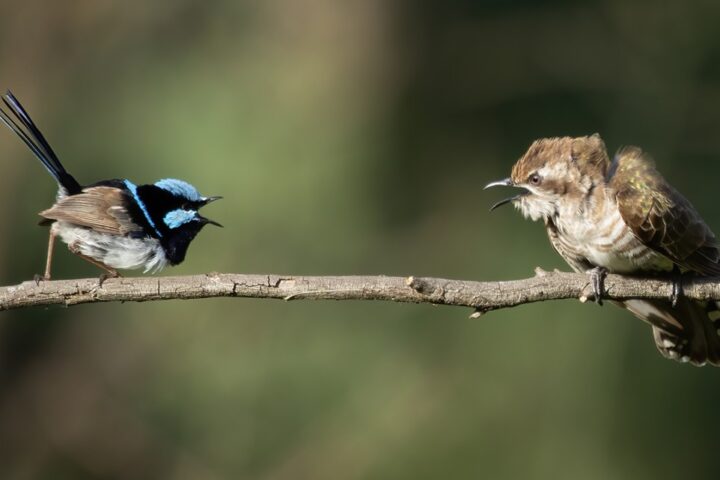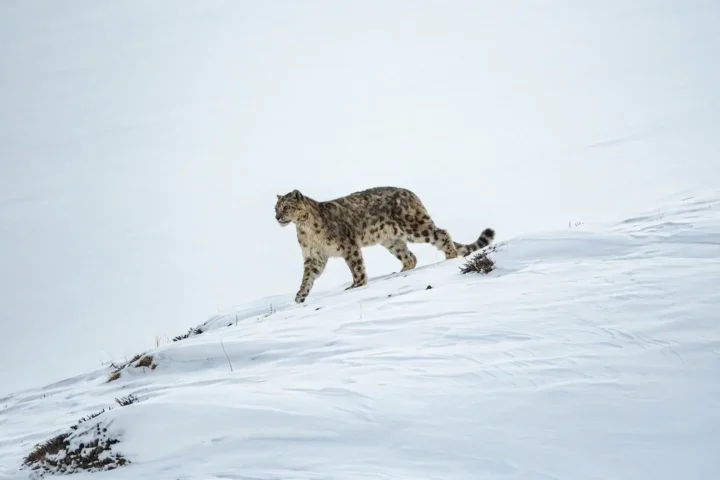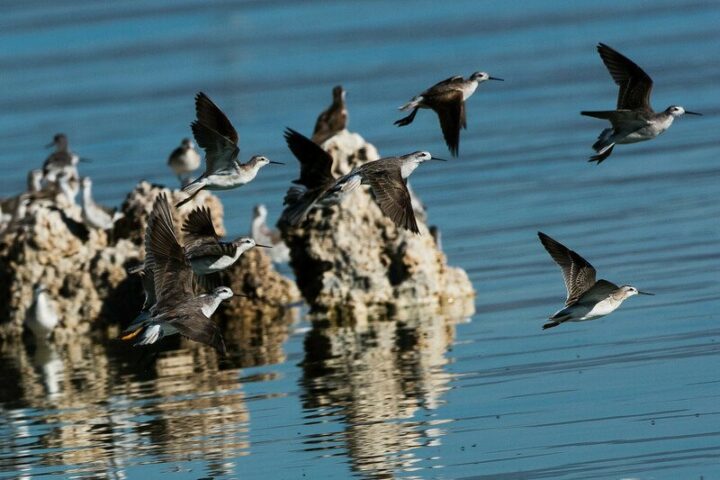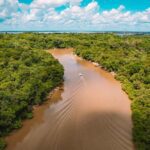American Bird Conservancy (ABC) has created the first formal ranking system to identify the most threatened bird habitats across the United States and Canada. Called the Habitats WatchList, this new tool pairs bird communities with vegetation maps to show which natural areas face the highest risks.
“Habitats are classified by vegetation, but they can also be understood through the birds and other animals that use them,” said David Wiedenfeld, ABC’s Senior Conservation Scientist. “Birds are very visible and easy to identify, more so than plants, insects, or mammals. What we found overall is that certain habitats that are home to important bird species are strongly threatened by human development and climate change.”
The Habitats WatchList was developed through a partnership between ABC, NatureServe, and the authors of Habitats of North America, Iain Campbell and Philip Chaon. The system evaluates habitats using seven criteria and assigns scores based on each habitat’s importance to birds and the level of threat it faces.
The most threatened habitats make up the Red WatchList, which includes Gulf Coast Salt Marsh, Atlantic Coast Salt Marsh, Eastern Pine Savanna, Prairie Potholes, Tallgrass Prairie, Nearctic Temperate Deciduous Forest, and Hawaiian wetlands like the Wet ‘Ōhi’a Lehua–Koa Forest.
Similar Posts
Some findings were expected. Gulf Coast Salt Marshes, home to the rare Black Rail and winter grounds for endangered Whooping Cranes, ranked high on the list. Atlantic Coast Salt Marshes, the only habitat for endangered Saltmarsh Sparrows, also scored high. The Eastern Pine Savanna, which supports threatened Red-cockaded Woodpeckers and declining Bachman’s Sparrows, was another predictably high-ranking habitat.
However, the analysis revealed some surprises. The Nearctic Temperate Deciduous Forest, which covers much of the eastern U.S. and Canada, unexpectedly made the Red WatchList. Despite its wide range and some large intact sections that support birds like the Cerulean Warbler and Wood Thrush, much of this forest is in poor condition and faces high conversion threats.
The Prairie Potholes also ranked surprisingly high. These wetland depressions across the northern Great Plains host numerous migratory birds including American Bitterns, Piping Plovers, and Yellow-headed Blackbirds. While land conversion remains a threat, climate change poses the greatest danger, with drought potentially causing widespread wetland loss.
The new WatchList complements alarming findings from other recent reports. The 2025 U.S. State of the Birds report shows grassland and aridland birds have lost more than 40% of their populations since 1970. Waterfowl populations, once a conservation success story, now show worrying declines. Great Plains grasslands continue to disappear at a rate of 1-2 million acres annually.
“The 2025 U.S. State of the Birds report reveals that we’re still losing birds at an alarming rate,” said Michael J. Parr, ABC’s President. “ABC developed the Habitats WatchList to help guide our conservation efforts in places like the Shortgrass Prairie in the Great Plains and Eastern Pine Savanna, where we and partners have been working for many years.”
Global reports echo these concerns. BirdLife International’s 2025 update shows 25 species moved to higher threat categories, including 16 migratory shorebirds. Five bird species were recently declared extinct, four of them in Hawai’i, highlighting the crisis facing Hawaiian habitats.
“NatureServe is proud to bring our vegetation classification and mapping expertise to the Habitats WatchList,” said Anne Bowser, CEO of NatureServe. “This tool shows where bird habitats are most at risk and helps guide the urgent conservation action they need.”
The Habitats WatchList is available to the public through an interactive map on ABC’s website (abcbirds.org/habitats-watchlist/). Wiedenfeld hopes this resource will help everyone from park managers to wildlife officials better understand which habitats need the most protection.
With habitat loss standing as the biggest threat to birds today, this new ranking system provides a clearer roadmap for where conservation efforts should focus.
